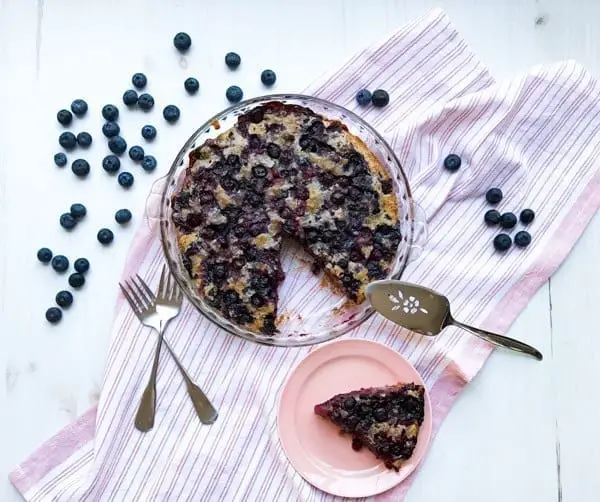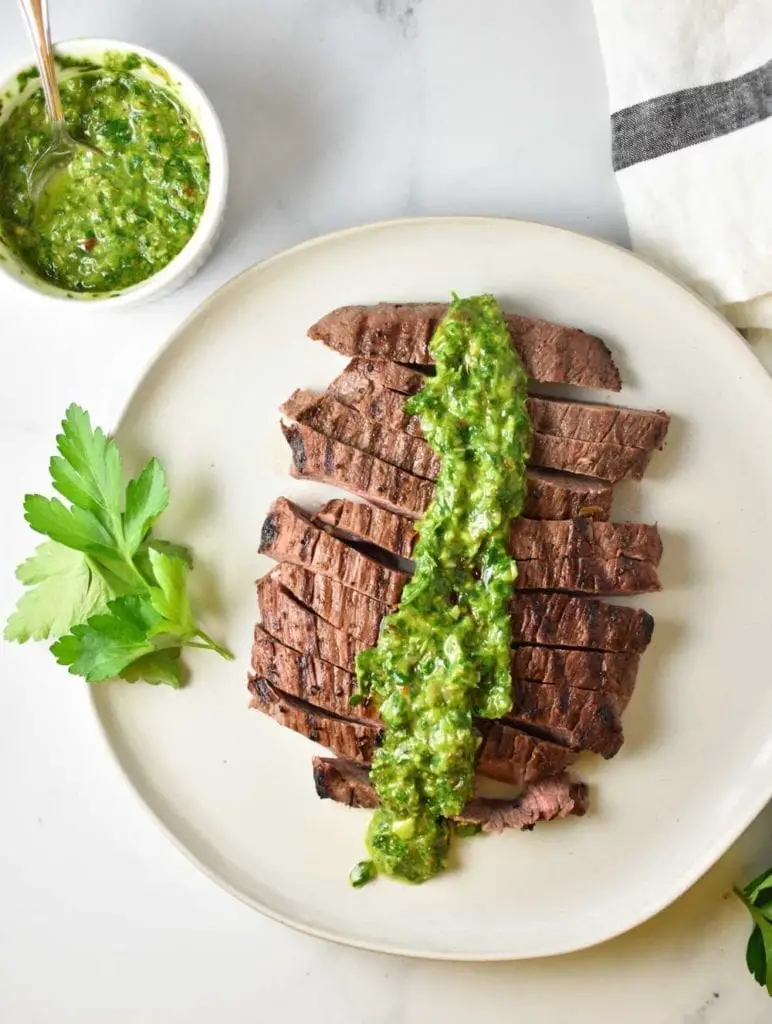It’s the new year and lots of people are making a resolution to focus on their health. For many of us, that’s decreasing our migraine days by trialing new treatments, like a migraine diet.
At Migraine Strong we like to focus on The Treatment Pie, which is using a combination of medication, supplements, exercise, mindfulness, therapy, hydration, and diet as a multimodal approach to decreasing the migraine threshold. Although diet is just one slice, for some people (like myself) it can make a huge difference. For others, diet may not be as effective as medication or therapy. But the only way to know for sure is to give it a try.
There are so many websites out there with different kinds of migraine diets, as well as many books that claim following their plan can reduce your migraine days. We find that trying to research every migraine diet available leaves people confused and frustrated, especially when lists don’t agree. There’s also not one “best” migraine diet out there. Research on migraine diets is spotty at best, due to multiple variables involved. This is why it’s not often recommended by physicians as a part of treatment.
The most common complaint is “what do I eat?! Air?!”. Well yes, food is sort of made of air…but there’s more to that!
Here are the three diets we find to be most successful for managing migraine within our support group.
As an Amazon Affiliate Migraine Strong earns a small amount from qualifying purchases to help defer costs associated with running the website. This site contains affiliate links.
** This article is written for informational purposes only. It is not medical advice nor a substitute for medical advice. Please consult your doctor before making any changes to your care.**
Heal Your Headache
A diet put together by Dr. David Buchholz from Johns Hopkins, it is based on eliminating foods with high levels of tyramine, histamine, sulfites, nitrates/nitrites, and MSG. In his book, Dr. Buchholz ranks food items from the most common triggers he has seen from patients to the least common. This is not to be confused with a low histamine diet. Although some items overlap, there are a few items still containing histamine which are allowed on the diet.
There are a lot of variations of this diet out there, some which get insanely strict. We do not advise following these as it can create “food fear” and the idea that anything can be a trigger. All you really need is the basic level of this diet to see if it will work for you. If not, you can move on to something else.
The premise around it is to eliminate all the foods for a few months to give your brain a chance to calm down. Meanwhile you focus on other parts of the treatment pie as well to raise your overall threshold. Once your migraine threshold is raised and you are not as sensitive to every little trigger, you can begin to reintroduce foods.
In our group, we find most members see results at about 4 months, however, some see them much earlier and some have stated it took them up to a full year. If you’ve tried this diet and are not seeing results, there could be other issues at play.
We recommend reading through the book in it’s entirety before you begin the diet. It will help to make sense of why you’re putting the effort in, as well as provide helpful information on medications and supplements. Be aware that some of the information about rebound is outdated in this book, and updated information can be found in this post.
HYH tends to be the “easiest” and most common diet we see people in our support group try. It’s fairly straightforward, temporary, and works for a large amount of people. It also allows items like bread, cheese, and sugar. Some choose to eliminate dairy and gluten on top of the diet based on food sensitivities, but it is not required for success. Those who are vegetarian tend to find this diet fairly easy to follow, but it is a lot more difficult for those who are vegan. In that case, we recommend working with the registered dietician to make sure you are getting essential nutrients you need. A migraine diet should not be done at the detriment to your health!

Resources
The Dizzy Cook focuses on recipes that fit this diet, with an effort to cater to the whole family. For those with migraine, cooking one meal is hard enough, so getting your family on board can be extremely helpful. Give this 5 Day Meal Plan a try, which contains breakfast, lunch, and dinner. These are simple meals that can be made ahead, frozen and thawed at your convenience. Also see these foods allowed.
Charleston Migraine Diet
The Charleston Diet is based on research from Carol A. Foster from the Charleston Headache and Neuroscience Center. It’s a little more strict than the diet from Dr. Buchholz, but fairly similar in that it eliminates foods high in tyramine and containing additives like MSG or soy. For instance, chickpeas, all seeds, maple syrup, molasses, are not allowed. Yet this diet does allow a wider range of vinegars, like apple cider, and raspberries!
Another big difference, if you’re a coffee or cola addict, is this diet only limits you to 2 servings a day, whereas the other makes you eliminate it completely. There’s also a low carb aspect to this diet as well. Charleston’s theory is that big blood sugar peaks and dips can trigger an attack. They recommend maintaining a consistent blood sugar level, therefore carbs should be balanced with fat and protein.
At Migraine Strong, we typically recommend for those with migraine to look into this diet if they have tried Heal Your Headache with limited to no success. This would also be a good option if you don’t react to the elimination lists with total and complete panic, or if you cannot part with your caffeinated drinks. Sometimes this diet can be beneficial for those seeking faster results as it is more strict than others.
Because of the extremely limited amount of beans that are allowed and complete avoidance of chickpeas and soy, it would be extremely challenging for someone who is also vegan to get all the necessary nutrients needed to support their health. In that case, the HYH plan may be a more manageable choice.
Resources
Gotta Headache – Dr. Foster has two books written and a website where you can find foods allowed and foods to avoid.

Ketogenic Diet
A topic at last years Migraine World Summit, NP Angel Moreno discussed how this diet is being used as a treatment plan for the UCLA Goldberg Migraine program. The Keto diet has been used for years to treat patients with epilepsy, which is what sparked the idea to use it for other neurological brain disorders like migraine.
Several studies have shown promise for treating migraine with a low carb, high fat diet, which makes it one of the most scientifically supported diets of the bunch. It could also be getting more attention because it’s a fairly trendy diet at the moment for weight loss.
This is a diet we find to be highly effective for our group members, but a little complicated to follow. The idea is to generate nutritional ketosis by switching your body’s fuel source from glucose to ketones. This effectively prevents drastic blood sugar changes as well.
In the initial phase, it’s recommended to keep your carbohydrate intake between 20-30 grams. Danielle Aberman, a registered dietician and writer for Migraine Strong, recommends planning out your first week to be as uncomplicated as possible. Soon you’ll get into a rhythm that will be easier to follow. In this post, she lays out how to effectively start a Ketogenic diet from scratch.
On the Keto diet, you may find that staples include foods that are considered triggers on other migraine diets, like nuts and avocado. Several of the writers for Migraine Strong have started with an elimination diet, like Charleston and HYH, to eventually transition to a Ketogenic diet once they found their triggers. This plan seems to be highly effective at getting the best of both worlds. Don’t have triggers? Then following a straight forward Ketogenic diet could be your best bet.
Resources
Starting Keto from Scratch
Phase 2 and 3
Diet Doctor
Keto Recipes on Pinterest
As a final note, if you live in a country outside the US, we recommend joining our support group Migraine Strong on Facebook. Here you’ll find suggestions for pantry staples in other countries.

Hello. I am interested in more details about the Charleston diet, but your link takes me to the website for “gotta headache”. Can you tell me where I can find the details of the Charleston diet?
The link for the Charleston diet is correct. The ‘gotta headache’ site is from the Charleston Headache and Neuroscience Center. Look for links on the right side of the page for Foods Allowed and Foods to Avoid. -eileen
What are recommendations on a good anti-migraine vegan diet?
Thank you.
Hi Seth- Thank you for writing. For vegan eating, I’d chose a whole-foods approach and limit highly-processed foods. Also, I’d make sure you are getting enough iron, Vitamin D, B12 and omega 3s fatty acids and limit omega 6s sources from seed oils. This article provides some helpful info: https://www.migrainestrong.com/vegan-headaches-and-migraine/ -Danielle